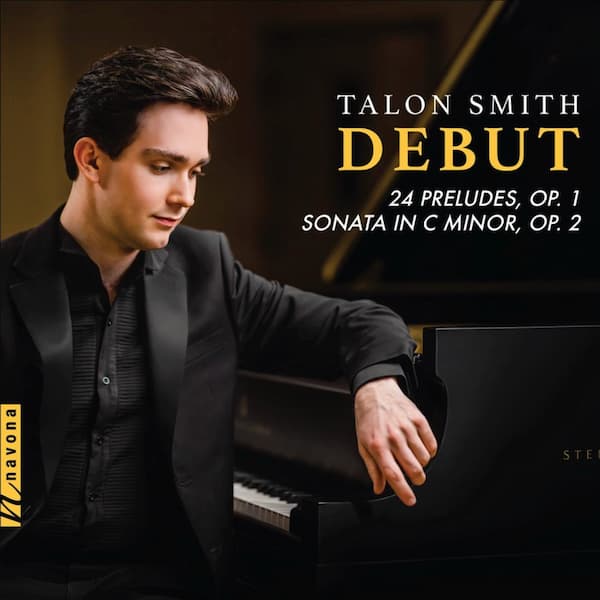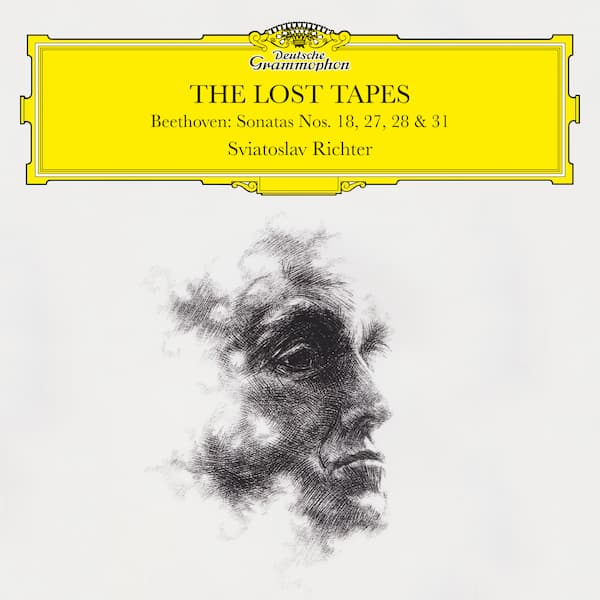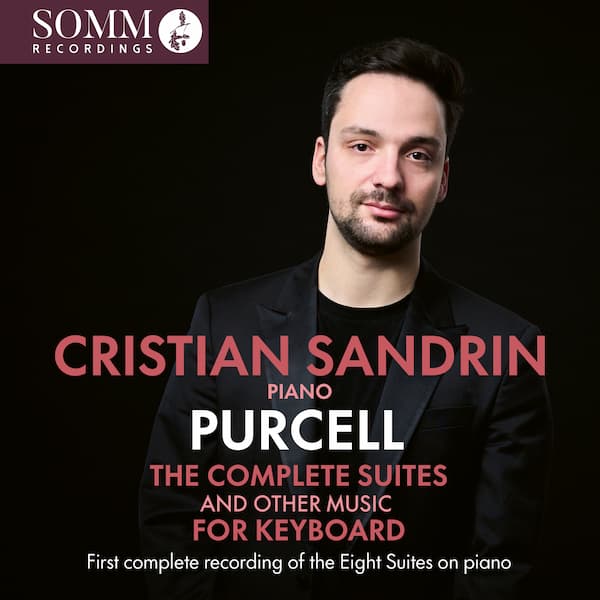Two modern composers who never met but who have interesting compositional ideas were the American composer Julia Perry (1924–1979) and the British composer Doreen Carwithen (1922–2003). The two had very different careers, Perry studied in Paris with Nadia Boulanger and with Luigi Dallapiccola at Tanglewood and then in Italy. She studied conducting in Siena and, in 1957, sponsored by the U.S. Information Service, toured as a conductor in Europe.
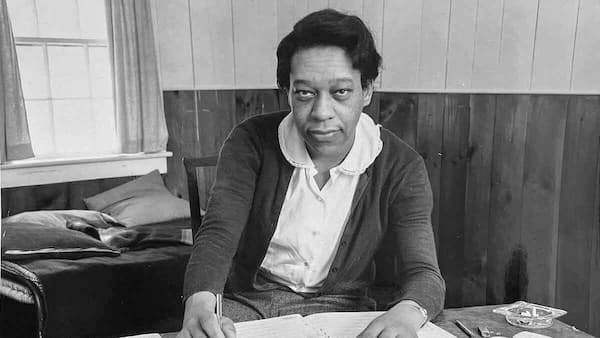
Julia Perry at the MacDowell Colony
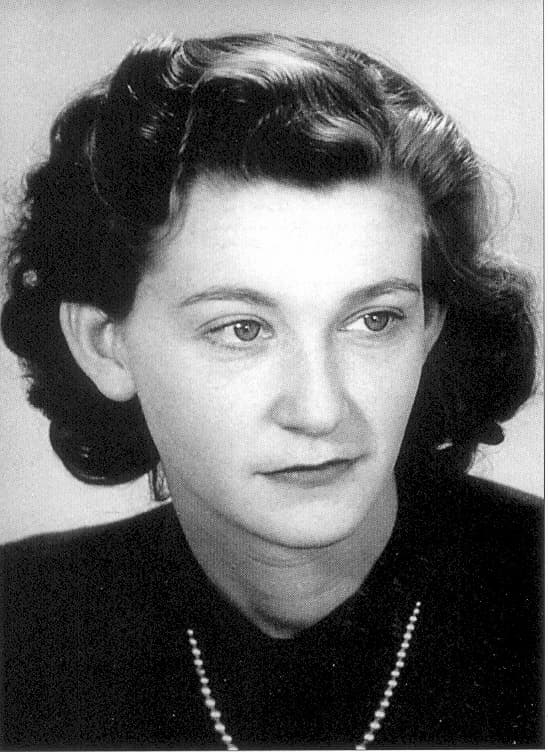
Doreen Carwithen (Mary Alwyn)
Perry returned to the US in the late 1950s and continued to compose. Many of her works are miniatures, and even her piano concerto is less than 15 minutes long.
Doreen Carwithen attended the Royal Academy of Music and studied composition with William Alwyn. Her first orchestral work was given its premiere in 1947 at Covent Garden. In 1961, she became the amanuensis to William Alwyn and married him in 1975, taking the name Mary Alwyn (having always disliked the name Doreen). She taught composition at the Royal Academy and, after Alwyn’s death in 1985, resumed her compositional career. Between 1948 and 1955, she wrote music for over 30 films. Her 1948 piano concerto carries with it a highly dramatic sense that seems filmic in its quality.

Samantha Ege
When pianist and musicologist Samantha Ege started her work, she was focused on the music of Florence Price, a black American composer whose works are starting to come back onto the orchestral stage. Ege’s four earlier recordings have included three with the piano music of Price and other women composers, and a chamber music recording with the Castle of Our Skins Quartet of music from the African continent and diaspora (all on the Lorelt label). Ege’s latest Lorelt release is the piano concertos of Julia Perry and Doreen Carwithen, performed with the Lontano Orchestra, conducted by Odaline de la Martinez.

Odaline de la Martinez
We spoke with the pianist about moving into the concerto repertoire and she spoke of all the training she’d missed by not being at a conservatoire with concerto competitions, and the like. As a pianist and musicologist, she’d spent her performing time with more solo repertoire. When asked how she liked the change, she said enthusiastically that she loved it. She credited Odaline de la Martinez for her support in developing her concerto skills, and said she’d never worked with a conductor with such empathy and understanding for the process that the soloist goes through.
In her research on her composers, she had heard the Carwithen work before, but not the Perry concerto. Perry, with her European training, wrote a very different concerto than Carwithen and it has a curious name to match: Concerto for Piano and Orchestra in Two Uninterrupted Speeds. The first speed is Moderato and the second is Fast.
Julia Perry: Piano Concerto In Two Uninterrupted Speeds – II. Fast
The work, written between 1964 and 1969, sounds like a work written 20 years later. Perry writes idiosyncratically for the piano but also explores the world of timbres and orchestra textures.
After this record release, Ege is working on recording the piano concerto by Avril Coleridge-Taylor, daughter of the composer Samuel Coleridge-Taylor. Avril Coleridge-Taylor had an active career as a conductor and was invited to do a tour of South Africa in 1952. When the apartheid government found out that her father was biracial, his daughter was forced to abandon her concerts (both as composer and conductor) and return to the UK.
We welcome Samantha Ege’s bringing back so much lost music by black women composers, especially the Julia Perry piano concerto. Perry was known and admired by her contemporaries in the US and we can only speculate on what could have happened if, for instance, Leonard Bernstein and Julia Perry got together to talk music.

Maestra: Julia Perry and Doreen Carwithen Concertos
Samantha Ege, piano; Lontano Orchestra; Odaline de la Martinez, cond.
Lorelt: LNT150
Release date: 25 March 2025
For more of the best in classical music, sign up for our E-Newsletter


